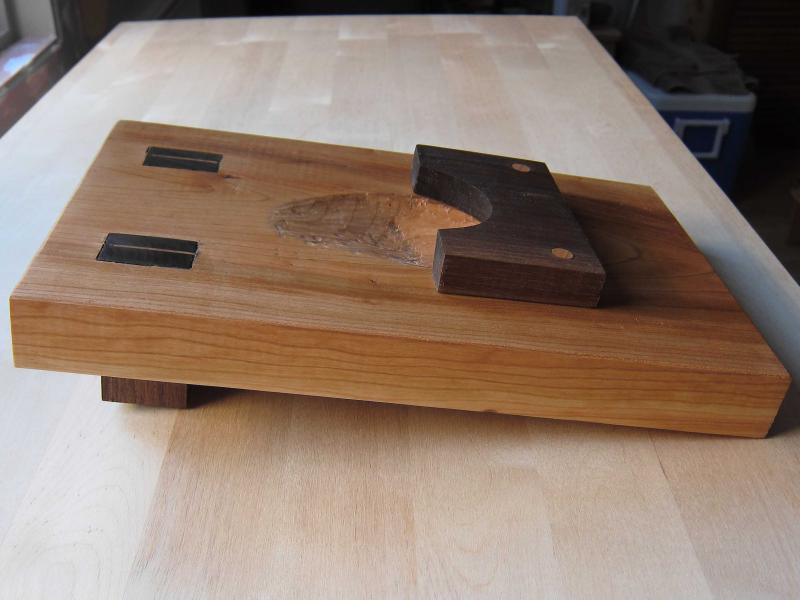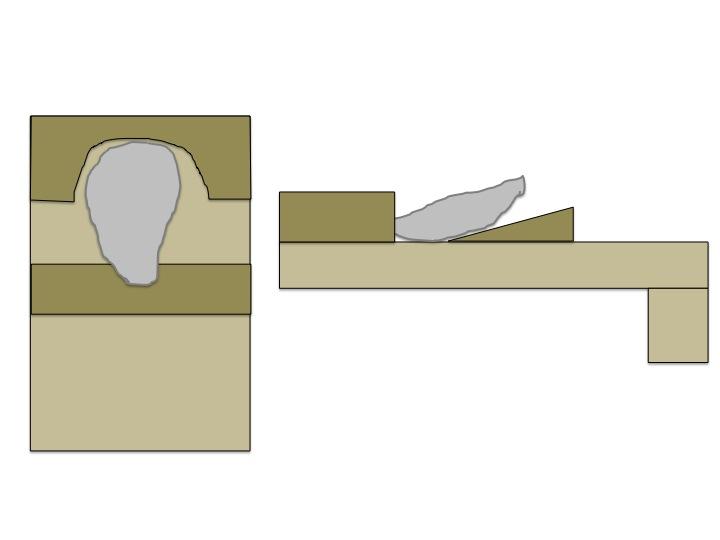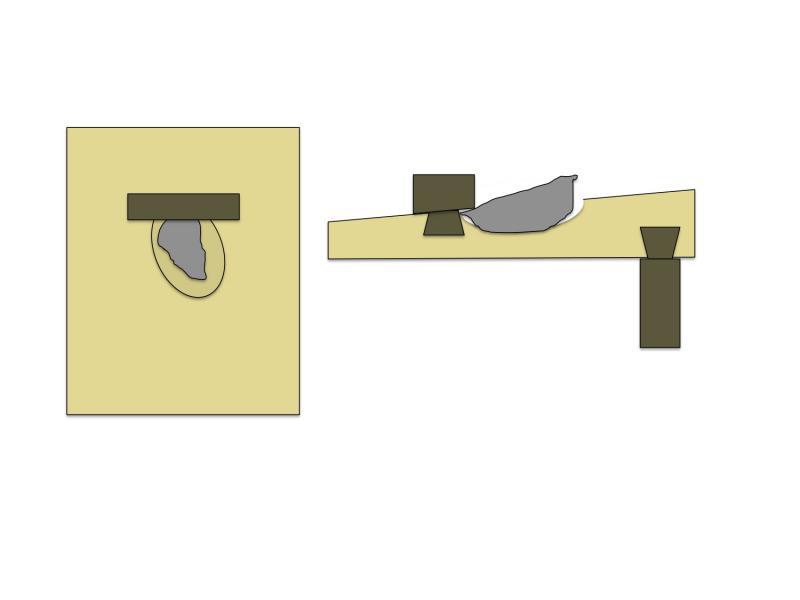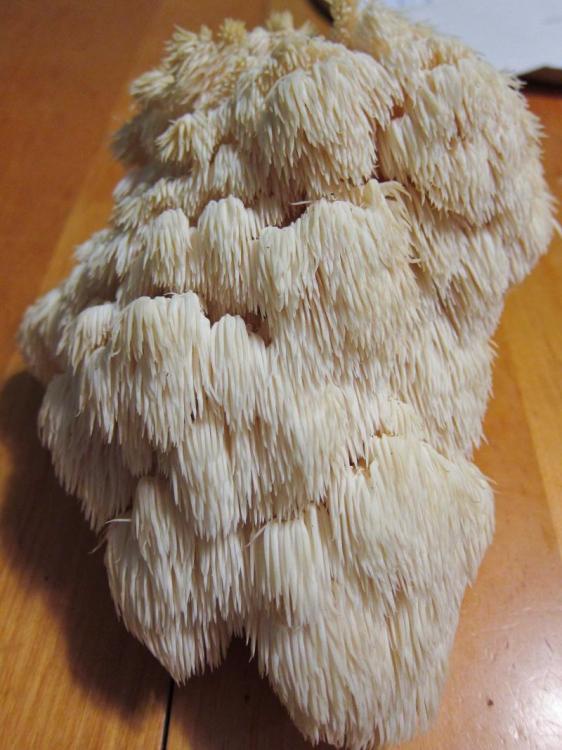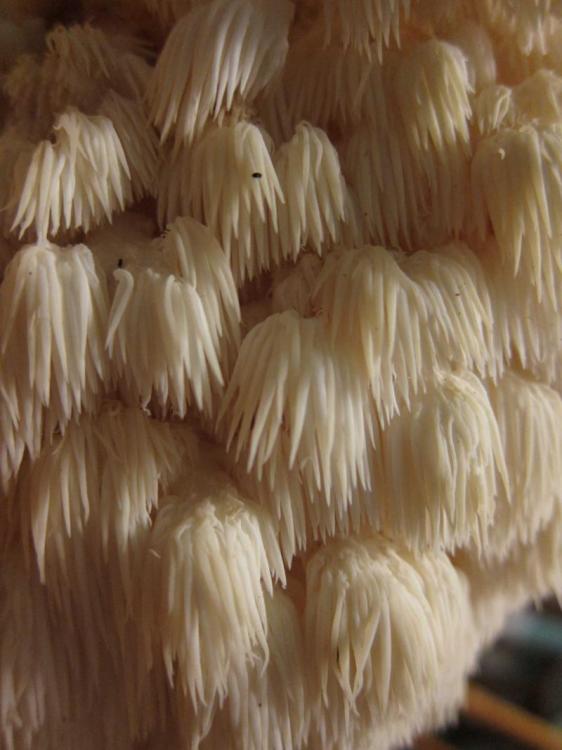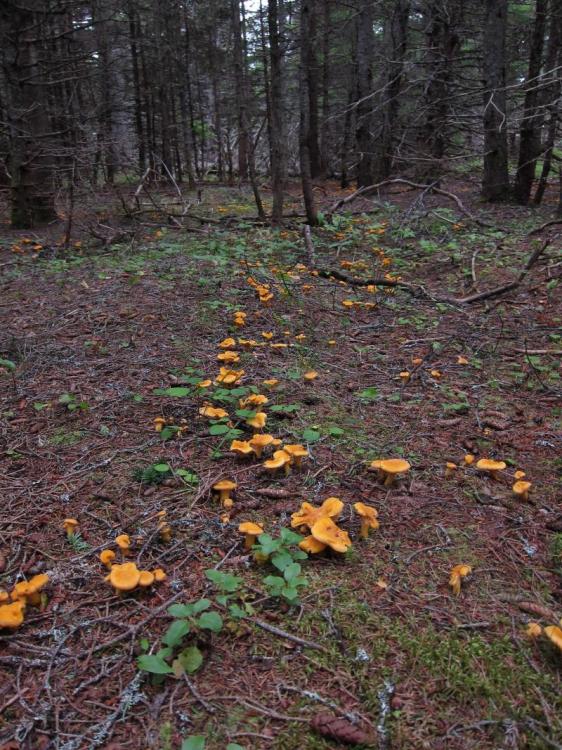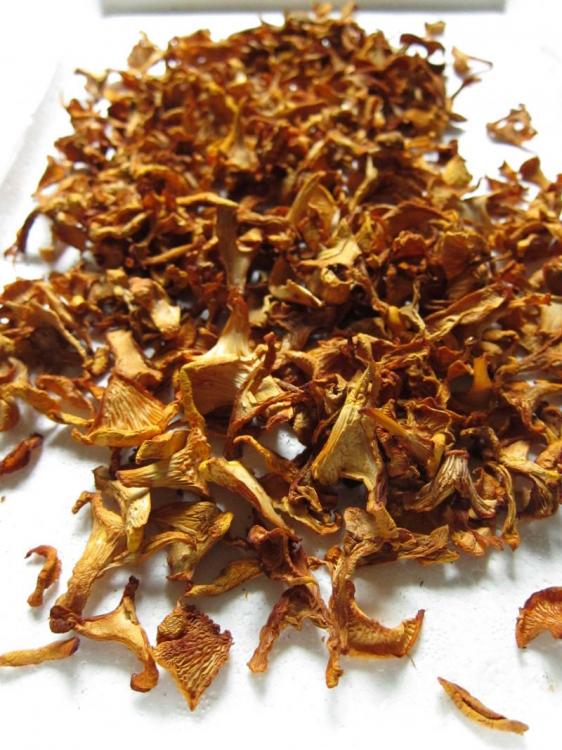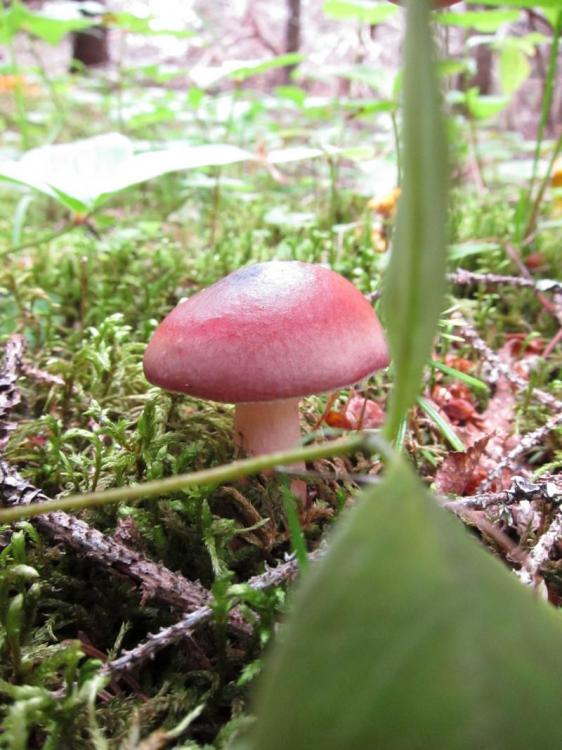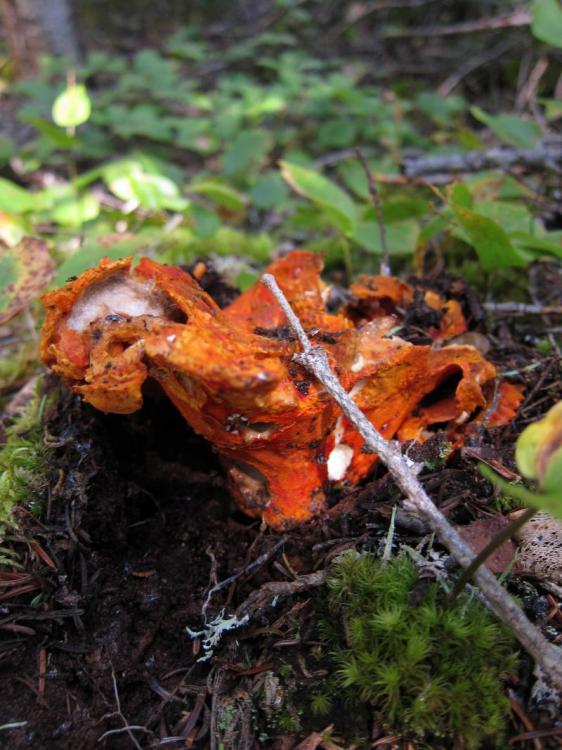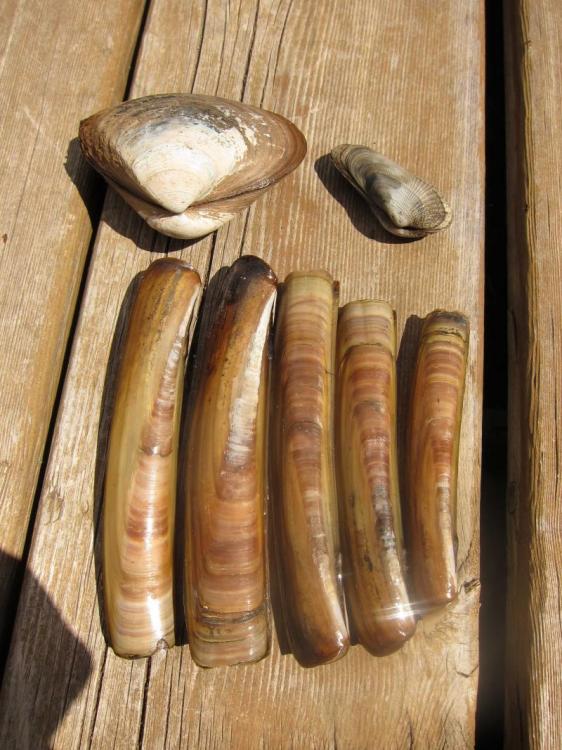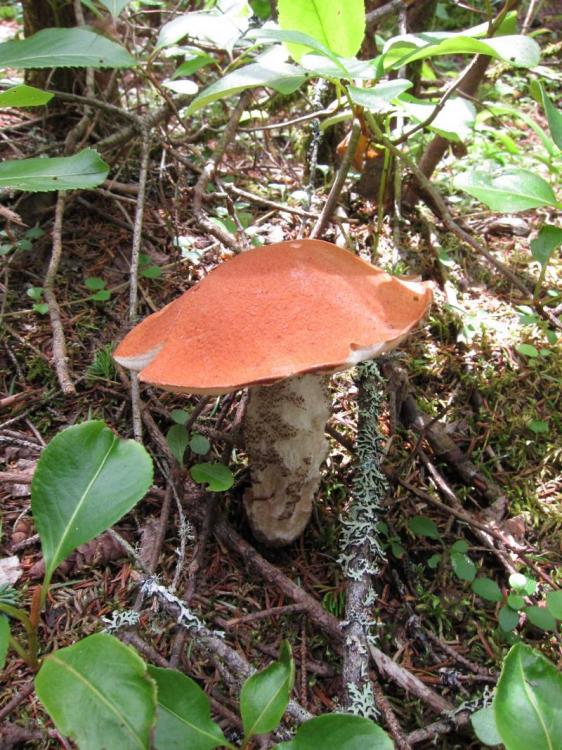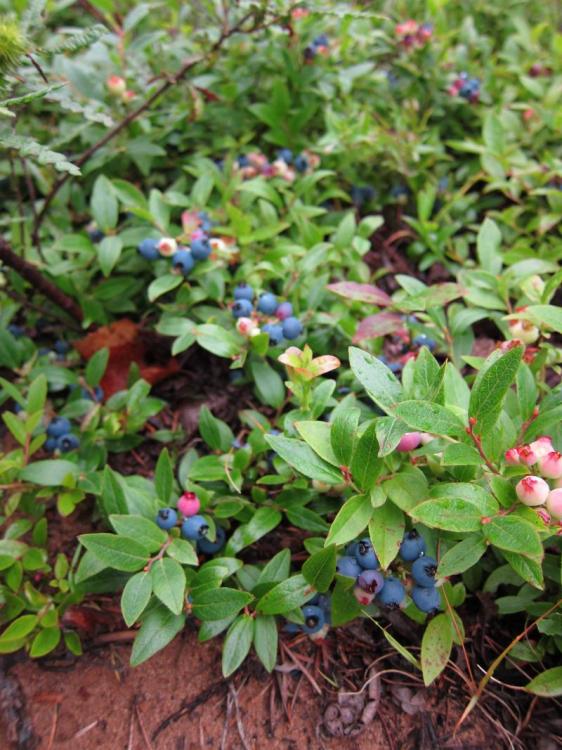-
Posts
877 -
Joined
-
Last visited
Content Type
Profiles
Forums
Store
Help Articles
Everything posted by Mallet
-
That's kind of like saying a serving platter is a unitasker with no place in the kitchen, why don't we serve everything out of the pot? If you ever see someone shucking on a clean damp towel they either haven't been shucking very many oysters, or have someone else doing their linens :laugh: Anywho, I've finished the first prototype, here are a few pictures: It's made from 1.25" cherry and walnut. In the end I couldn't decide on whether I wanted an angled board or not, so I made the bench hook short enough that it can sit on top of the counter and angle the board (as in the first picture), or hook on to the edge of the counter to use flat. I used a stop with a cutout with no overhang, but I angled the cutout (you can see the profile in the second picture) so that the shell would tend to be pushed downward. I used a gouge for the depression and left it rough. The whole board got several coats of light mineral oil. I'll be shucking about a hundred oysters in the next couple of days, so I'll be in a better position to comment on its functionality then! In the meanwhile, it sure sits pretty!
-
BadRabbit I'd love to hear more about your oyster bar experience! Did you deal primarily in Gulf Oysters? As I noted above, Gulf Oysters, being wild, are much more variable that the cultivated oysters which comprise 99.9% of my oyster consumption, so I'm not too worried about that.
-
Continuing my oyster board research, I came across one sold at Rodney's Oyster House in Toronto. link here I believe this is the same design used at Oyster Boy. At least, the board sold at Rodney's has the same general dimensions and looks the same from the front (as in the picture linked in the OP). Here's a sketch based on the picture linked above: This oyster board is quite a bit simpler than the one I conceived of. The main differences are that there is no depression but rather a wedge (easier to build), and that the stop has an oval cut-out but does not by itself pin the oyster in place. The wedge, stop and bench hook are *probably* glued, rather than joined. Many of the differences are probably aesthetic rather than functional, although I suspect that hollowing out a depression will hold the oyster better than a flat surface. I like the cut-out for the stop, and may incorporate that into my board with a slight overhang to give it more "bite". BTW, Rodney's sells those boards for $28, which seems like a fair price.
-
scrat68, I like the depression at the bottom, but the top part doesn't seem to accomplish anything a folded towel or gloved hand wouldn't. Can you comment on its function? Also, does the bottom hook onto a bench? It looks a little too small to be stable from the picture. HungryC, I almost never eat wild-caught oysters, like the majority of Gulf Oysters would be. Oysters cultivated for the half-shell market are very consistent in shape (between 2-4 inches long, 2-3 inches wide, 1-2 inches deep would account for the vast majority of oysters I've ever eaten, from east to west coast). I've never seen a professional shucker shuck in-hand. I'm guessing it might be a Gulf Oyster thing, as I imagine some of those wild oysters would be so gnarly that they wouldn't even sit on a bench. budrichard, I am well aware of the value of a good oyster knife etc.. and am perfectly comfortable of shucking oysters in the 'usual' manner. Much like a skilled woodworker might use a jig to help streamline repetitive tasks, I'm interested in seeing if an oyster board can streamline the process. Check out this video of Patrick McMurray (current Guinness World Record Holder for oyster shucking) opening oysters. http://www.twitvid.com/NDS3C In the video, he is opening oysters on a raised pedestal, which has a central depression much like the one I'm planning on carving into my board. I can see the advantage of the height as far as gaining a favourable position, but don't see myself building something like that. Looking at a few more videos, I think I will drop the idea of having the board at an angle. I think I got my angles screwed up in my head, and if anything you would want the board sloped towards you, which would be bad for stability.
-
Fascinating! I had no idea that chinese truffles even existed, nevermind were an invasive species!
-
I've shucked many oysters (several hundred), strictly recreationally, and always without any specialized apparatus. Lately, I've been thinking of adding a little panache to my oyster shucking regimen and I thought a dedicated shucking board would be a valuable addition. Does anybody own one? Have you made one? What features are desirable? Most oyster boards I've seen for sale look something like this That board is called the Half Sheller (review here ). Without having tried it, I would say it falls into the "cute" category. It tries to be both a serving platter and a shucking board, which I feel is problem unless you're shucking a ridiculously small number of oysters. I also don't like that you can't secure the board to anything. At Oyster Boy (Toronto), I've often seen the shuckers use a small oyster board, but I haven't looked closely to see the construction details. Here's a picture of a board I am thinking of building: It would feature a bench hook, to secure the board against the countertop. The depression that holds the oyster would be slightly angled (when opening from the hinge, I often come in at a slight angle). The stop overhangs the oyster "pocket" by a bit (how much?), which should effectively pin the oyster in place while shucking. Finally, the board itself is slightly angled, so that the hinge presents a better angle of attack. What are your thoughts on this design? Is it worth it to add a trough around the edge to catch water and spilled oyster liquor?
-
Revive after the initial shot? Tell me where these zombie squirrels live so that I may never find myself in those woods As for the terrine, I'm not sure fat content played a big role. I had some pork fat in there, and the terrine also had binders in the form of bread + milk. I'm not convinced a difference in the fat content of the livers alone (chicken vs. wild goose) could cause the texture issues I observed. I say yes to wild livers!
-
One of my favourite squirrel preparations to date was indeed squirrel stew with drop dumplings (from the Coco cookbook). The recipe called for rabbit, but honestly I think it was better with squirrel. My least favourite part about hunting squirrel (haven't been bitten by one yet) is that you get the occasional one with fleas and/or ticks (I've only ever seen ones with red-legged ticks, so no Lyme disease). I now freeze them whole for about 2 weeks and this effectively gets rid of the ectoparasites and the ick factor.
-
I made the rabbit pâté from Bouchon, substituting snowshow hare for the rabbit, and substituting 3/4 of the chicken liver for canada goose liver. I don't have a terrine dish, so I tried tightly rolling it in plastic wrap, then vacuum-sealing that and cooking it sous-vide at 150F for about 2 hours. I had to make 4 rolls (about 2 inches in diameter), since getting a nice tight package with the saran wrap method is pretty tough. Texturally, the terrine was pretty good, although it didn't really hold together very well (I attribute this to not weighing it down after cooking, again because I have no terrine dish, and also because I didn't line the terrine with anything). Flavour-wise, it was a big hit with my family: full, rich flavour, but not gamy/musky at all. This was the first time I bothered to save my goose livers: I pledge to save all waterfowl livers from this point on...
-
Can't you just lop off their head or something (says the guy who's never handled a live eel before)?
-
I think that as farmers get more and more educated and business-savvy, we'll be seeing more and more high-tech in small family farms. Things like this robotic milking machine.
-
I usually make meat pies every winter for the holidays, and I always look forward to making them because they are different every year, depending on what meats I have on hand. This version has 7 species in it: chicken (an old rooster and hen from a friend's yard), pork (a bit of belly for moisture), canada goose, squirrel, snowshoe hare, starlings, and pronghorn (courtesy of a friend's success in Wyoming). Every time I have to clean a squirrel I swear I'll never harvest one again, only to recant after cooking it: they're just so succulent! I cooked all the meat in the pressure cooker in 3 batches, re-using the same cooking liquid for every batch. The cooking liquid is lightly seasoned with salt, onions, dried savoury, thyme and pepper. After cooking the meat is separated from the bone by hand and shredded by paddling the mixture in the KitchenAid for a few minutes. During the mixing stage I often add a cup or two of the cooking liquid, this helps to keep the meat moist. The crust is a standard all-butter pie crust (I use a recipe from the Pie and Pastry Bible), with a bit more salt owing to the savoury nature of the pie. Just to gild the lilly, I grease the pie pans with duck fat.
-
Whoa, thanks for sharing!
-

"The Family Meal: Home cooking with Ferran Adrià"
Mallet replied to a topic in Cookbooks & References
I did something not dissimilar to this on Friday. We having a few beers at the grad student pub early friday evening, then six of us decided we wanted to cook dinner (it was about 7pm). We walked to my place, picked a menu out of the book (vichyssoise, lamb, and chocolate truffles), split up for groceries, and started cooking at approximately 8:30pm. After 1.5 hours of unhurried cooking we had a three course meal (which ended up feeding 9 instead of 6), for between $5-6 dollars a head. Everyone loved the food, the instructions were clear, and we were already thinking about next week's dinner. I may have to start carrying it in my backpack. -

"The Family Meal: Home cooking with Ferran Adrià"
Mallet replied to a topic in Cookbooks & References
Not every cookbook needs to be a French Laundry or even a Bouchon-type cookbook. I simply do not seek restaurant-level refinement for every single meal, I suspect most people don't either. You're writing off the vast majority of cookbooks in one stroke, which seems a little extreme to me. For day-to-day cooking, if I can get 80% of the result with 20% of the effort, I'm all for it. -

Mushrooms in my backyard – are they safe to eat?
Mallet replied to a topic in Food Traditions & Culture
Based on the size of the dirt specks on the picture, and the numbers visible through the paper, I'd guess the mushroom caps in the pictures are approximately 2-4 inches in diameter. -

Mushrooms in my backyard – are they safe to eat?
Mallet replied to a topic in Food Traditions & Culture
You mean more specific than NY? -

Mushrooms in my backyard – are they safe to eat?
Mallet replied to a topic in Food Traditions & Culture
Now that we've gone through the requisite dire warnings and prophecies of doom, would anyone care to speculate on an ID? -
This was a new mushroom for me: Lion's Mane (Hericium sp.) I had seen this mushroom before growing on stumps, and remember hearing it was edible, but most specimens I've seen have been a little on the old and dried out side (they turn brownish with age). This specimen was prime so I figured I would chance it. For the first taste we simply sautéed it in butter. Not the best way to eat this mushroom IMO: the texture is just a little too soft to be pleasant, and it has a somewhat creamy taste (almost like a very mild seafood chowder with a hint of chicken) which can be cloying by itself. This mushroom is made for sauce! For trial #2 we cooked up some pasta with a béchamel sauce, with the addition of thyme and the mushrooms sautéed with pancetta. This was topped with grated gruyère. Delicious! The mushroom integrated well with the sauce and contributed a delicate but distinct flavour. I will definitely harvest this one again.
-
Nice pictures, Peter. Is sea plantain very common? Having not lived near the ocean in several years I feel like I'm missing out on another dimension of foraging, although I have been known to much on sea lettuce when it turns up. We ended up cooking the chicken-of-the-woods with onion and bacon on the campfire. What an interesting mushroom! It really does have the texture of chicken (in a good way), and everyone thought it was delicious. I think this would have to go in my top 3 mushrooms along with morelles and chanterelles (sorry oyster mushrooms).
-
I found a small batch of chicken-of-the-woods mushrooms yesterday. I've never had them before: any special considerations and/or favourite flavour combinations?
-
Thanks to him, the words "moral hedonism" will always be with me.
-
In early August I was in the Maritimes and did a bit of foraging. We had a monster chanterelle harvest, and chanced on some other stuff as well... Too bad I was flying home or I would've picked a lot more! Chanterelle woods Picked chanterelles Dried chanterelles A russula Lobster mushroom Pine bolete Bar clam (aka surf clam), false angelwing, razor clams Bluberries (still a bit early)
-
I imagine it's a bit harder to generate enough heat to break forcemeat when you're doing everything by hand.


